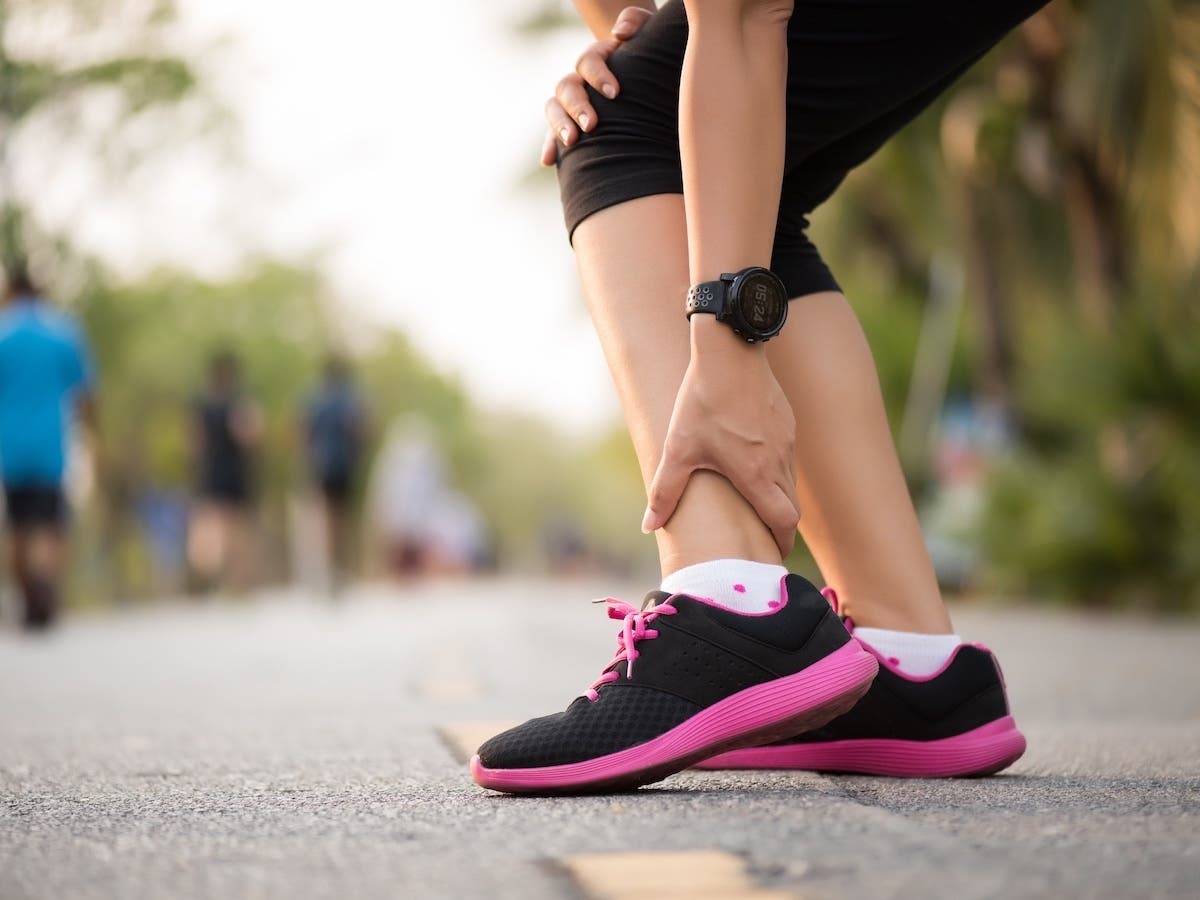Health & Fitness
What To Do When You Get A Sprain Or A Strain
If you suffer from an injury, play it safe by incorporating the RICE method and consulting with your doctor if you experience pain.

![]()
![]()
This article does not constitute medical advice and is for informational purposes only.
If you’ve ever suffered from a sprain or strain, you’re likely fully aware of the pain and inconvenience these common types of injuries can cause. They strike when least expected and can take weeks to heal. Fortunately, for those equipped with the right know-how, you don’t have to be sidelined indefinitely following a sprain or strain.
Find out what's happening in Across Americawith free, real-time updates from Patch.
Here’s what you need to know about what you should do if you get hurt, how to treat your injury and how you can save big on any prescriptions you might need.
How Do Sprains And Strains Differ?
There are quite a few differences between sprains and strains. According to the National Institute of Arthritis and Musculoskeletal and Skin Diseases (NIAMS), a sprain occurs when one or more ligaments (the tissue that connects two or more bones at a joint) are stretched or torn. A strain occurs when a muscle or tendon (fibrous cords of tissue that connect muscle to bone) is stretched or torn. One similarity between the two injuries is that anyone can suffer from a sprain or strain.
Find out what's happening in Across Americawith free, real-time updates from Patch.
Additionally, a sprain is likely to happen in the ankle (and sometimes the wrist), while a sprain is most common in your back and the hamstring muscle in the back of your thigh.
NIAMS has shared the following symptoms for each type of injury:
Symptoms of a sprain: Pain, swelling, bruising and not being able to use the joint.
Symptoms of a strain: Pain, muscle spasms, swelling, cramping and trouble moving.
How Are Sprains And Strains Diagnosed?
Sprains and strains are best diagnosed with a visit to your doctor. Your doctor can examine the area of the injury and order an X-ray to make sure you don’t have a broken bone. Your doctor may even order an MRI — a medical imaging technique that can create detailed images of the tissues in your body — to get a closer look at the area of the injury. You especially want to pay a visit to your doctor if your sprain or strain is painful and/or is having an impact on your everyday activities.
Treating A Sprain Or Strain? Time For RICE
Don’t hop to your pantry just yet. RICE is actually a four-step method commonly used to treat minor aches, sprains and strains. Not only does the RICE method promote healing, but it also helps reduce inflammation and pain from injuries. The steps included in the RICE method include:
1. Rest — For many muscles aches and injuries — including common injuries such as shin splints, bursitis and heel pain — resting is a major component in healing. Adequate resting time varies based on the type of injury, but is generally from around one to two days up to a week.
2. Ice — Providing cold therapy is the second step. This can be done using ice, cold packs and other cooling tools. This prevents any further swelling and assists the healing process. This should be done as soon as possible, for 10 to 15 minutes at a time, up to three to four times a day.
3. Compress — Compression can be done using a variety of bandages, straps or commercially available products. This helps by limiting the injured area’s range of motion.
4. Elevate — Elevating the injured area for two to three hours a day is also a helpful way to promote the healing process.
Supplement The RICE Method With Medication
In addition to the RICE method, there are medications you can take if you’ve suffered from a sprain or strain. Oral pain relievers, topical creams and ointments are among the medications you’ll likely take for such an injury. Over-the-counter creams and ointments such as Bengay, Aspercreme and Icy Hot work by blocking the feeling of pain, providing temporary relief. Oral pain relievers that can be taken to treat sprains and strains include NSAIDs (ibuprofen or naproxen) and acetaminophen (Tylenol).
For oral pain relievers that are available by prescription, GoodRx provides an easy and convenient way for you to find affordable options near you. Simply enter the name of your prescription to compare prices and search for any free available coupons on that medication. Then, show your coupon to the pharmacy to save up to 80 percent on the regular retail price.
As you begin to heal from your sprain, be sure to keep the RICE method in mind and give yourself plenty of time to heal before you return to normal activities and sports.